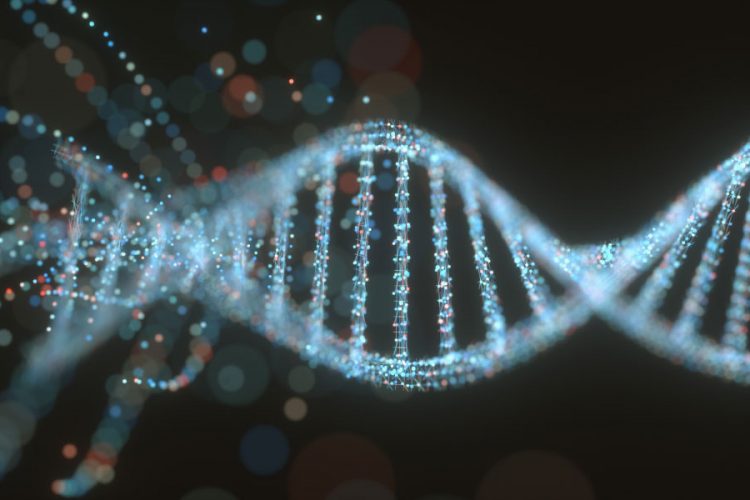Targeting Inc-HLX-2-7 shrinks group 3 medulloblastoma tumours
Posted: 15 March 2024 | Drug Target Review | No comments yet
An intravenous treatment to block lnc-HLX-2-7 from binding to the HLX promoter shrunk medulloblastoma tumours, prolonging survival in mice.

Scientists from the Johns Hopkins Kimmel Cancer Center have discovered that, in mice, targeting a non-encoding stretch of RNA could help to shrink group 3 medulloblastoma tumours, the most aggressive and difficult-to-treat form of the disease.
Dr Ranjan Perera, the study’s senior author and director of the Center for RNA Biology at Johns Hopkins All Children’s Hospital, explained: “Group 3 medulloblastoma is very aggressive, and there are currently no targeted therapies…Our novel therapeutic approach based on noncoding RNA could fill an urgent need for new therapies for this devastating disease in children.”
As only three percent of RNA is used to build proteins, until recently, researchers thought the other 97 percent of RNA was junk. However, now they have realised that RNA’s nonprotein encoding stretches control gene expression.
In a previous study by Dr Perera and his colleagues, they demonstrated that a long noncoding stretch of RNA named lnc-HLX-2-7 contributes to the growth of group 3 medulloblastoma tumours by attaching to a DNA promoter that increases expression of cancer-causing genes. The new study provides more detail, showing that lnc-HLX-2-7 specifically binds to the HLX promoter region of DNA, increasing HLX gene expression and causing the tumour to grow.
HLX initiates tumour growth by binding to promoter regions for multiple other cancer-causing genes, increasing their expression. One gene that HLX increases expression of is MYC, which also increases the expression of several other cancer-causing genes. This causes a cascade of activity that quickens the growth of group 3 medulloblastoma tumours.
The team developed an intravenous treatment to block lnc-HLX-2-7 from binding to the HLX promoter to block this cascade of cancer-gene expression. Assembling a sequence of nucleotides, called antisense oligo nucleotides, that can bind to the corresponding nucleotides that make up lnc-HLX-2-7, they prevented it from binding to the HLX promoter in the DNA. This resulted in its destruction. They coated the sequence with microscopic particles called cerium oxide nanoparticles to protect the lnc-HLX-2-7 until it reaches its target.
When the mouse model of group 3 medulloblastoma was treated with this experimental intravenous therapy, it reduced tumour growth by 40 percent to 50 percent. Using cisplatin, a chemotherapy drug used to treat medulloblastomas, alongside the new therapy, caused the tumours to shrink further and prolonged the animals’ survival. The combination therapy extended the animals’ lives by about 84 days compared with a 44-day increase in survival on lnc-HLX-2-7 alone. Dr Perera noted: “When you combine the two treatments, you see dramatic effects.”
To further test its efficacy and safety, the team will collaborate with Johns Hopkins neurosurgeons to plan studies of the therapy in humans. “Understanding why MYC is elevated in these tumours is extremely important, and this new link to HLX provides insights that open new therapeutic possibilities,” commented Dr Charles Eberhart, study co-author, Kimmel Cancer Center researcher and director of neuropathology and ophthalmic pathology and a professor of oncology and pathology at the Johns Hopkins University School of Medicine.
This study was published in Cell Reports.
Related topics
Animal Models, Cancer research, Oncology, RNAs
Related conditions
group 3 medulloblastoma
Related organisations
Johns Hopkins Kimmel Cancer Center






